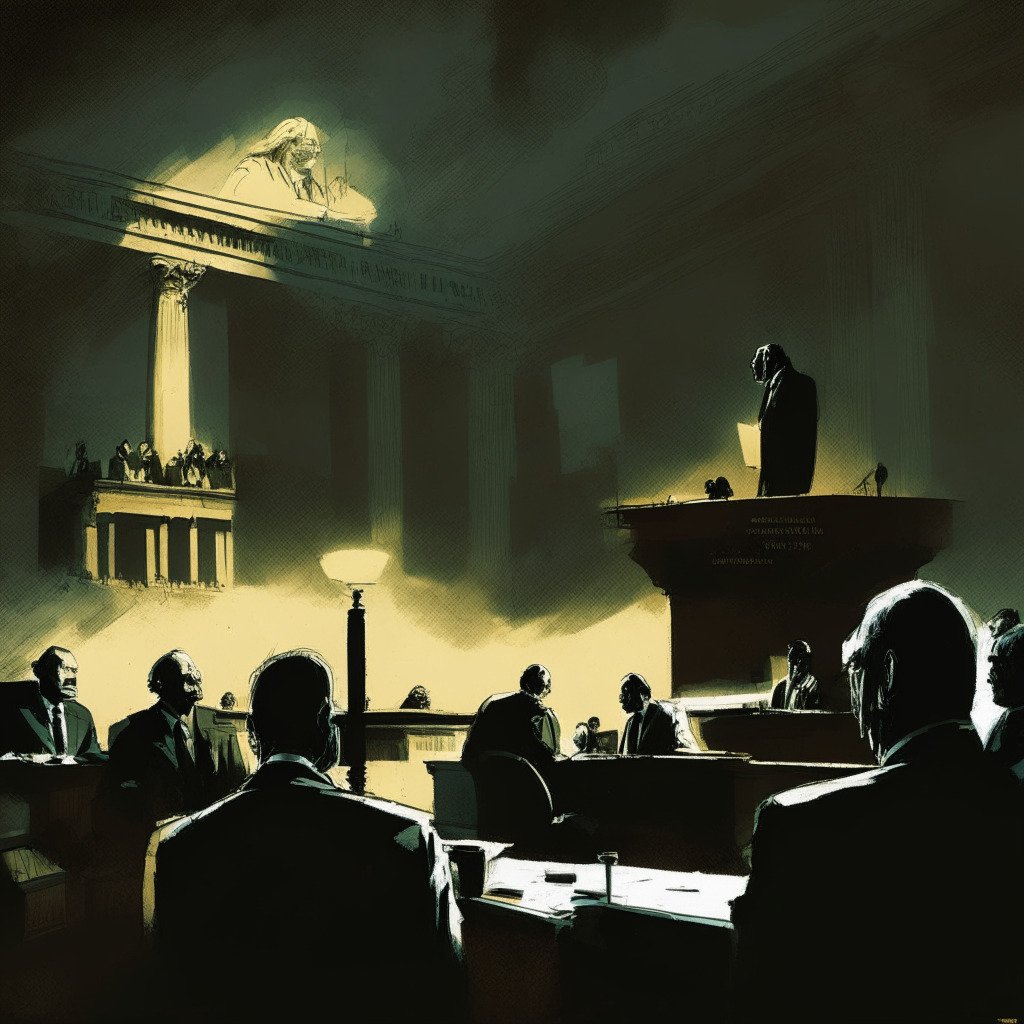In the backdrop of unfolding regulatory confrontations between cryptocurrency entities and regulators worldwide, two cases stand out. One involves the leading crypto exchange, Binance, and the United States Securities and Exchange Commission (SEC). The other involves the digital currency company, Circle, and the Dutch regulator, De Nederlandsche Bank (DNB).
Previously, the SEC sued Binance on allegations of several legal violations involving crypto tokens BNB and BUSD, which they considered securities. This allegation puts BUSD and Circle’s stablecoin, USDC, in a precarious position. Circle, in response, argued in court that stablecoins, including the much-debated BUSD, do not align with the “features of an investment contract” and do not translate into securities since their acquisition doesn’t foresee profit-making.
Simultaneously, Circle’s assertion implies that purchasing these stablecoins does not necessarily involve investment changes. Thus, the paramount question resonating loudly is whether stablecoins are securities or not. The SEC’s charge against Binance, viewing stablecoin offerings as unregistered securities is contested, opening an avenue to discuss how payment stablecoins fit into financial ecosystems.
On a differing geographic compass, Gemini has decided to close its operations in the Netherlands due to failing to meet DNB’s regulatory requirements. Gemini’s exit from the Dutch market, and Circle’s intervention in the SEC vs. Binance case, are pointers of the widening gulfs between crypto enterprises and regulators.
In an announcement on Sept. 26, Gemini urged its Dutch users to either withdrawal their assets or transfer them elsewhere. The company, however, stated its intention of re-establishing its operations in the Netherlands once their business complies entirely with the new regulations set under the Markets in Crypto-Assets Regulation (MiCA).
Though varying in nature, the two incidences indicate the brewing tension between crypto platforms and governing financial regulatory bodies. It brings to the fore the essential question of how to categorize and regulate cryptocurrencies. Therefore, it is clear that the interaction of cryptocurrencies and regulatory bodies worldwide warrants comprehensive policies that account for the specificity of the new financial technology, fostering growth, and mitigating risks.
Source: Cointelegraph




